We are pleased to announce that Michael R. Ash’s book, Bamboozled by the “CES Letter”, is now available in audiobook format from Audible and iTunes!
We’d especially like to thank Derrick Duncan for volunteering his time and talent to narrate it.
The e-book version is still available from the FAIR Bookstore and Amazon.
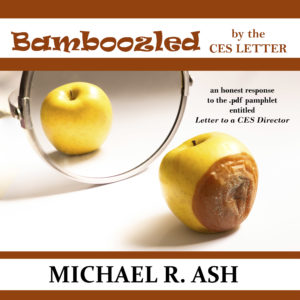
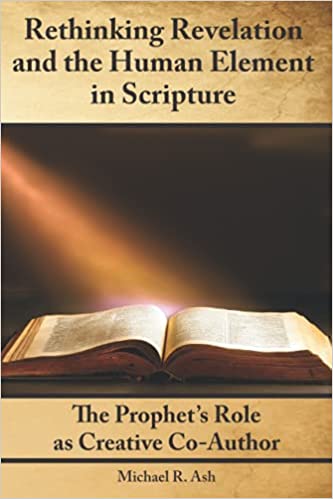

 Michael R. Ash, a FairMormon member for more than twenty years, has been featured in nearly 90 podcasts and 30 videos. In more than two decades of writing LDS-themed material, and as a former weekly columnist for Mormon Times (owned by the Deseret News), his works include over 160 on-line articles, as well as articles in periodicals such as the Ensign, Sunstone, Neal A. Maxwell Institute’s FARMS Review, and Dialogue: A Journal of Mormon Thought.
Michael R. Ash, a FairMormon member for more than twenty years, has been featured in nearly 90 podcasts and 30 videos. In more than two decades of writing LDS-themed material, and as a former weekly columnist for Mormon Times (owned by the Deseret News), his works include over 160 on-line articles, as well as articles in periodicals such as the Ensign, Sunstone, Neal A. Maxwell Institute’s FARMS Review, and Dialogue: A Journal of Mormon Thought.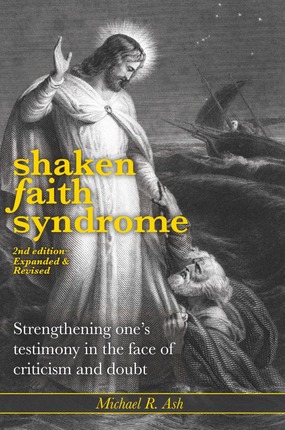
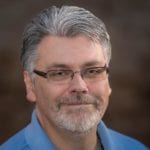 Michael R. Ash is the author of Shaken Faith Syndrome: Strengthening One’s Testimony in the Face of Criticism and Doubt, Of Faith Reason: 80 Evidences Supporting the Prophet Joseph Smith, as well as Bamboozled by the “CES Letter.” A former columnist for the Deseret News’ Mormon Times, he has also been a frequent contributor to the online blogs, Meridian Magazine, as well as the Mormon Hub. Mike has been published in the Ensign, Sunstone Magazine, Dialogue: A Journal of Mormon Thought, in the FARMS Review, and most recently contributed a chapter to Kofford Book’s Perspectives in Mormon Theology: Apologetics. Joining FairMormon in the year 2000, Mike delivered a paper at the 2nd annual FairMormon conference and has contributed papers to seven additional conferences (including this one) since. Mike and his wife Chris live in Ogden and are the parents of three daughters and the grandparents of six grandchildren.
Michael R. Ash is the author of Shaken Faith Syndrome: Strengthening One’s Testimony in the Face of Criticism and Doubt, Of Faith Reason: 80 Evidences Supporting the Prophet Joseph Smith, as well as Bamboozled by the “CES Letter.” A former columnist for the Deseret News’ Mormon Times, he has also been a frequent contributor to the online blogs, Meridian Magazine, as well as the Mormon Hub. Mike has been published in the Ensign, Sunstone Magazine, Dialogue: A Journal of Mormon Thought, in the FARMS Review, and most recently contributed a chapter to Kofford Book’s Perspectives in Mormon Theology: Apologetics. Joining FairMormon in the year 2000, Mike delivered a paper at the 2nd annual FairMormon conference and has contributed papers to seven additional conferences (including this one) since. Mike and his wife Chris live in Ogden and are the parents of three daughters and the grandparents of six grandchildren.
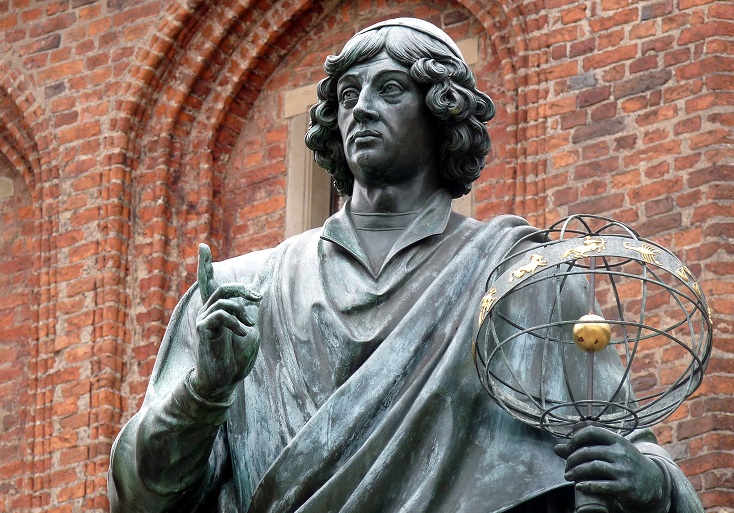
 Any member who has undergone a faith crisis knows that there are many critics on the Internet who are happy to share a Big List of Mormon Problems to help facilitate one’s exit from the Church. These lists can serve as the catalyst for the initial testimony damage, or contribute the final straw in a “death by a thousand cuts” (the “Big List of Mormon Problems” is not the real name of any list but designates features which all of these lists have in common).
Any member who has undergone a faith crisis knows that there are many critics on the Internet who are happy to share a Big List of Mormon Problems to help facilitate one’s exit from the Church. These lists can serve as the catalyst for the initial testimony damage, or contribute the final straw in a “death by a thousand cuts” (the “Big List of Mormon Problems” is not the real name of any list but designates features which all of these lists have in common).